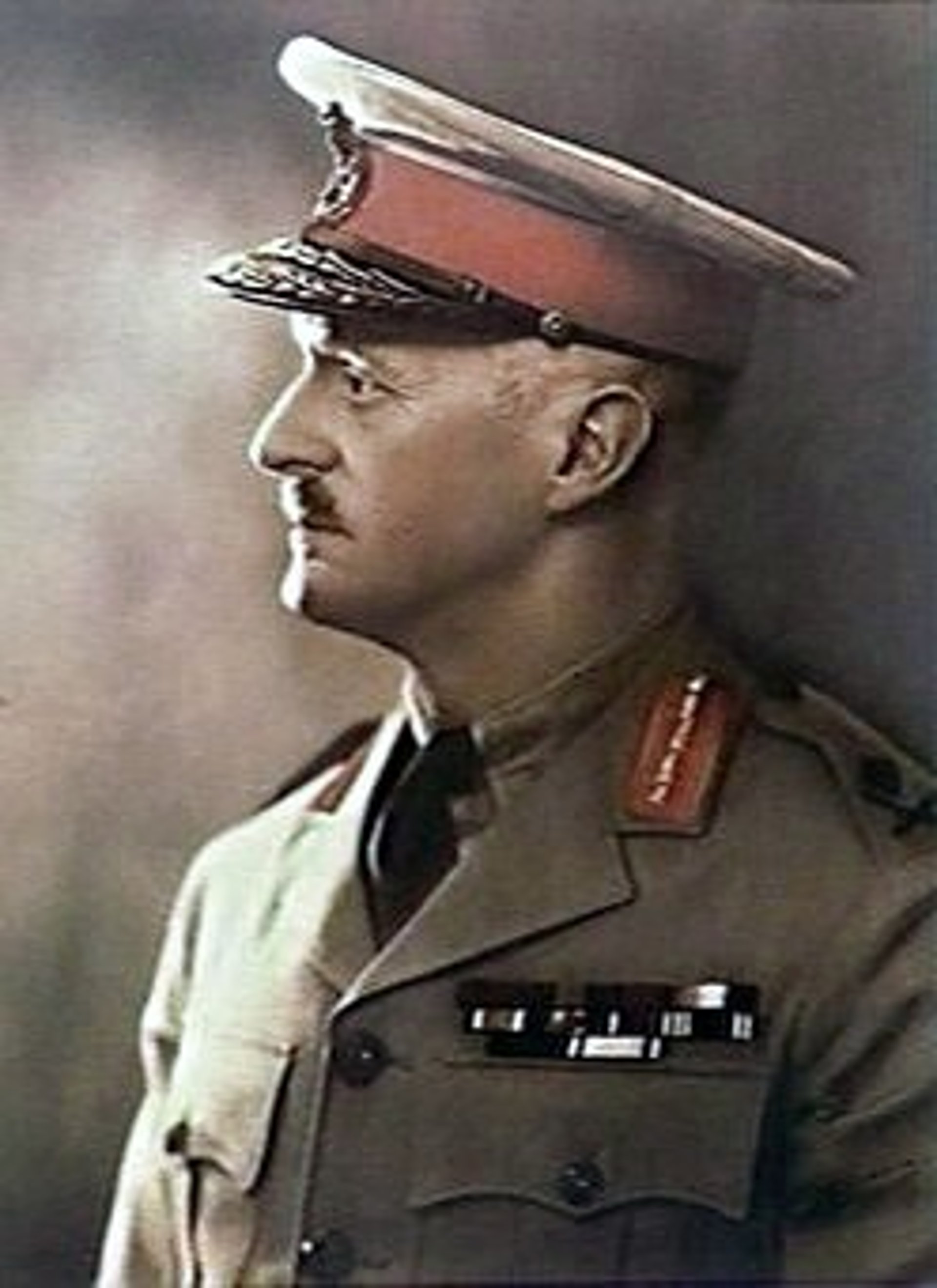
You didn’t come this far to stop
The Consideration of
Major General Henry Gordon Bennett
for Command of the 6th Division
Descent into Hell, Episode 10: The Consideration of Major General Henry Gordon Bennett for Command of the 6th Division
Major General Henry Gordon Bennett, a prominent Australian Army officer, was a figure marked by both brilliance and controversy. His significant role in World War I, followed by his contentious actions during World War II, made him a complex candidate for command in Australia’s military hierarchy. This blog explores Bennett's consideration for the command of the 6th Division during World War II, examining his strengths, weaknesses, and the factors that ultimately led to his being passed over.
WW2 HISTORYDESCENT INTO HELLIN THEIR FOOTSTEPS BLOG
Toursofwar.com
7/23/20247 min read
Considered for Command of the 6th Division
A Proven Leader
Bennett’s military career began with great promise. As a young officer during World War I, he rapidly ascended the ranks, becoming a brigadier by the age of 29. His leadership and tactical prowess in key battles like Bullecourt and the Menin Road solidified his reputation as a formidable front-line commander. This experience and his established record of bravery and effective leadership made him a strong candidate for commanding the 6th Division when World War II broke out in 1939.
Major General
Henry Gordon Bennett (52)
Bennett was a veteran of World War I, where he had demonstrated remarkable bravery and leadership. After the war, he continued to rise through the ranks, known for his straightforward and decisive command style. Bennett was well-regarded for his ability to lead troops in challenging situations.
Experience
Key Benefits to Selection
Combat Experience: Bennett’s extensive frontline experience made him an attractive choice for leading a division in active combat.
Leadership Qualities: His no-nonsense approach to command ensured discipline and effectiveness within his units, qualities essential for a newly formed division.
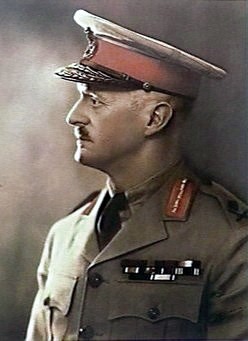

Did You Know? Youngest Brigadier
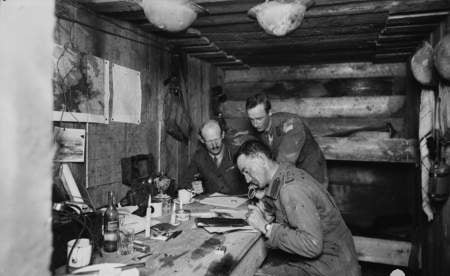

Did you know that Major General Bennett became the youngest brigadier in the Australian Army at the age of 29? His rapid rise in rank during World War I was due to his exceptional leadership and bravery on the front lines, setting the stage for a distinguished, yet controversial, military career.
Early Military Career and Rise to Prominence
- 1903: Bennett began his military career at the age of 16 when he joined the Australian Military Forces as a junior cadet. - 1908: At 21, he was commissioned as a lieutenant in the Australian Infantry Regiment. - 1911: Within three years, Bennett was promoted to captain. - 1912: At 25, he reached the rank of major in the 64th City of Melbourne Infantry, shortly after the introduction of compulsory military training in Australia.
Bennett’s physical attributes—standing at 5 feet 8½ inches, wiry, and full of energy—combined with his red hair, made him ideally suited for soldiering. His service in the Australian Imperial Force (AIF) began in 1914 during World War I, as second-in-command of the 6th Battalion, 2nd Brigade.
- 1915: On April 25, during the Gallipoli Campaign, Bennett quickly established a reputation for personal courage and forceful leadership under fire. During the advance on Pine Ridge, despite suffering wounds to his wrist and shoulder, Bennett led an advance, directing his men’s fire under intense conditions. His tenacity was evident when he returned to the front line just ten days later after being sent to a hospital ship. - 1916: At the age of 29, Bennett was appointed to command the 3rd Brigade, making him one of the youngest Brigadier Generals in any British Army at the time. His leadership during key battles, including at Bullecourt, the Menin Road, Passchendaele, and the Hindenburg Line, further solidified his reputation as a skilled and courageous tactician.
- 1917-1918: Bennett’s leadership abilities saw him temporarily command the 1st Division on several occasions, reinforcing his position as a prominent figure in the Australian military. - 1921-1926: Post-war, Bennett served as the commander of the 9th Infantry Brigade. - 1926-1931: He was promoted to Major General and commanded the 2nd Division until he was placed on the unattached list, a customary step for senior officers at the time.
Bennett’s successful post-war public service saw him as the chairman of the NSW Repatriation Board and president of the NSW Chamber of Manufacturers.
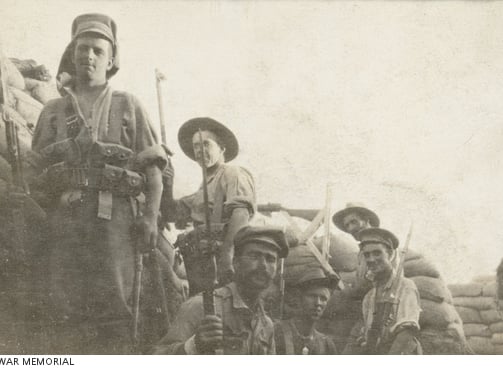

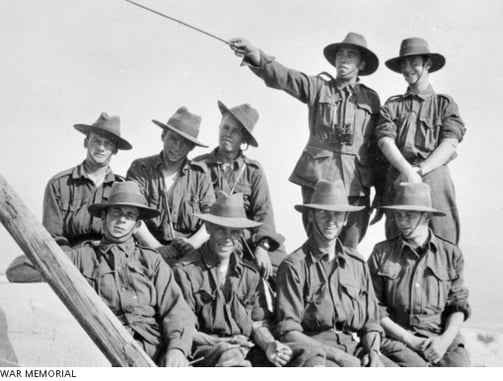

Strengths as a Commander
Combat Experience
Bennett’s experience in World War I was a testament to his leadership and tactical skills. His ability to lead men in some of the most grueling battles of the war earned him respect and recognition, laying the groundwork for his military career.
Ambition and Drive
Bennett was driven by a strong desire to lead and prove himself. His ambition was evident as he sought opportunities to regain his standing within the military hierarchy, particularly after being passed over for earlier commands.
Courage Under Fire
Bennett’s personal bravery was unquestionable. His leadership during the ambush at Gemas during World War II highlighted his ability to execute military operations effectively under pressure, contributing to early successes against Japanese forces in Malaya.
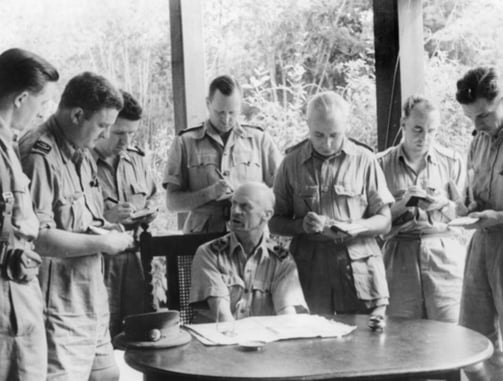

Temperament and Relationships
Bennett’s prickly personality and disdain for regular officers created a toxic environment within his command. His relationships with senior officers and subordinates were often strained, leading to discontent and attempts by some to have him removed from command on medical grounds.
Outdated Tactics
Critics noted that Bennett’s military strategies were not aligned with the evolving nature of warfare. His reliance on World War I tactics and lack of engagement with modern military practices hindered his effectiveness as a commander during the rapidly changing dynamics of World War II.
Conflict with Superiors
Bennett’s antagonistic attitude towards British commanders, particularly Lieutenant General A.E. Percival, further isolated him. This lack of harmony undermined his ability to operate effectively within the broader command structure, particularly during critical moments like the defense of Singapore.
Controversial Decisions
Bennett’s decision to abandon his command during the fall of Singapore, justifying it by claiming he had vital knowledge to share, was met with widespread criticism. Inquiries concluded that his actions were unjustified, leading to a tarnished reputation and significant blame for the capitulation of Allied forces.itish Chiefs of Staff and military leaders in Singapore recognized that the defense of Malaya was crucial for Singapore’s survival. Extensive military exercises and assessments highlighted the need for robust ground defenses, a view that was starkly at odds with Churchill’s belief in the sufficiency of naval power alone.
Weaknesses and Controversies
Consideration on Command
Did You Know? Critic of Defense Policy
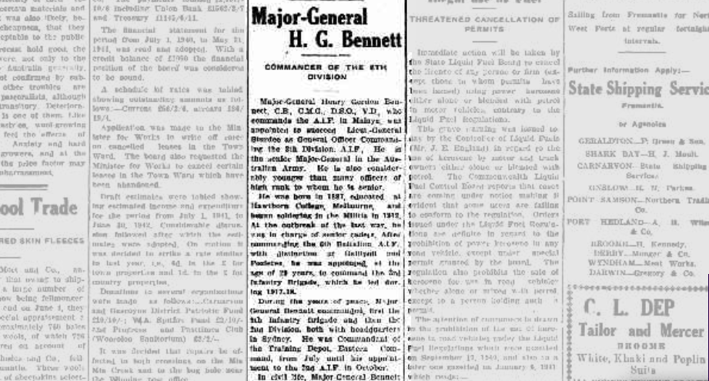

Did you know that Bennett publicly criticized Australian defense policies in a series of newspaper articles in 1937?
His outspoken views led to censure by the Military Board, marking the beginning of a series of conflicts with his superiors that would later define his career.
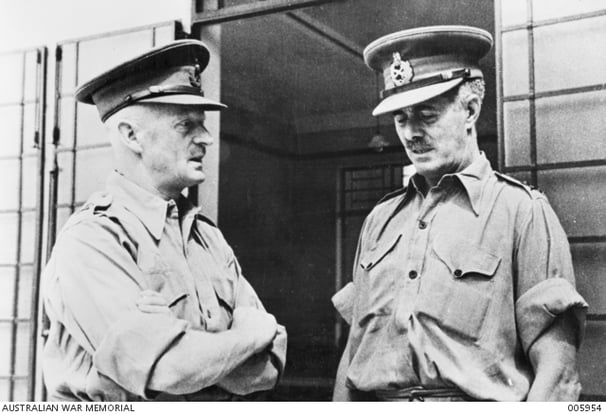

Passed Over for Command
Ultimately, Bennett was passed over for the command of the 6th Division in favor of General Thomas Blamey. The decision reflected the concerns of senior military leaders, including the Chief of the General Staff, General Sir Brudenell White, who believed Bennett’s temperament and independent streak made him unsuitable for the high command. Instead, Bennett was assigned to lead the 8th Division in Malaya, where his actions during the Japanese invasion would later overshadow his earlier achievements.
Challenges and Concerns
Despite his impressive credentials, Bennett’s consideration for the 6th Division command was clouded by significant concerns. His prickly temperament and tendency to act independently were seen as liabilities. Known for his disdain for regular army officers, Bennett often found himself at odds with his superiors and peers. This contentious personality, coupled with his history of criticizing defense policies publicly, led to doubts about his suitability for such a critical role.
Concerns on command
Conclusion
Major General Henry Gordon Bennett’s consideration for the command of the 6th Division underscores the complexities of military leadership. His combat experience and ambition made him a strong candidate, but his prickly temperament, outdated tactics, and contentious relationships led to him being passed over. This decision would prove significant, as Bennett's later actions during the fall of Singapore would cast a long shadow over his legacy. We will delve deeper into his command and the controversies that followed later in this series, continuing to explore his role in the unfolding events of World War II.
How You Can Help
Donations and Sponsorships: We are seeking corporate sponsorships and donations to fund ongoing restoration projects and educational programs. Your support can make a significant difference in maintaining the quality and impact of the museum.
Volunteer Opportunities: If you have expertise or time to offer, consider volunteering with us. There are many ways to get involved, from artifact restoration to educational outreach.
Spreading the Word: Share this blog and our mission with your network. The more people who know about the JEATH War Museum and its significance, the greater the impact we can achieve together.
The St Andrews Research Team is dedicated to preserving the legacy of the Thai-Burma Railway and the memories of those who suffered. We need your support to continue our work. There are several ways you can help:
Join the Cause!
If you or someone you know is interested in supporting this cause, please get in touch.
This is a chance to be part of something truly meaningful and impactful.
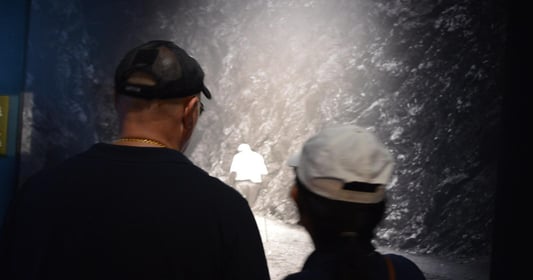

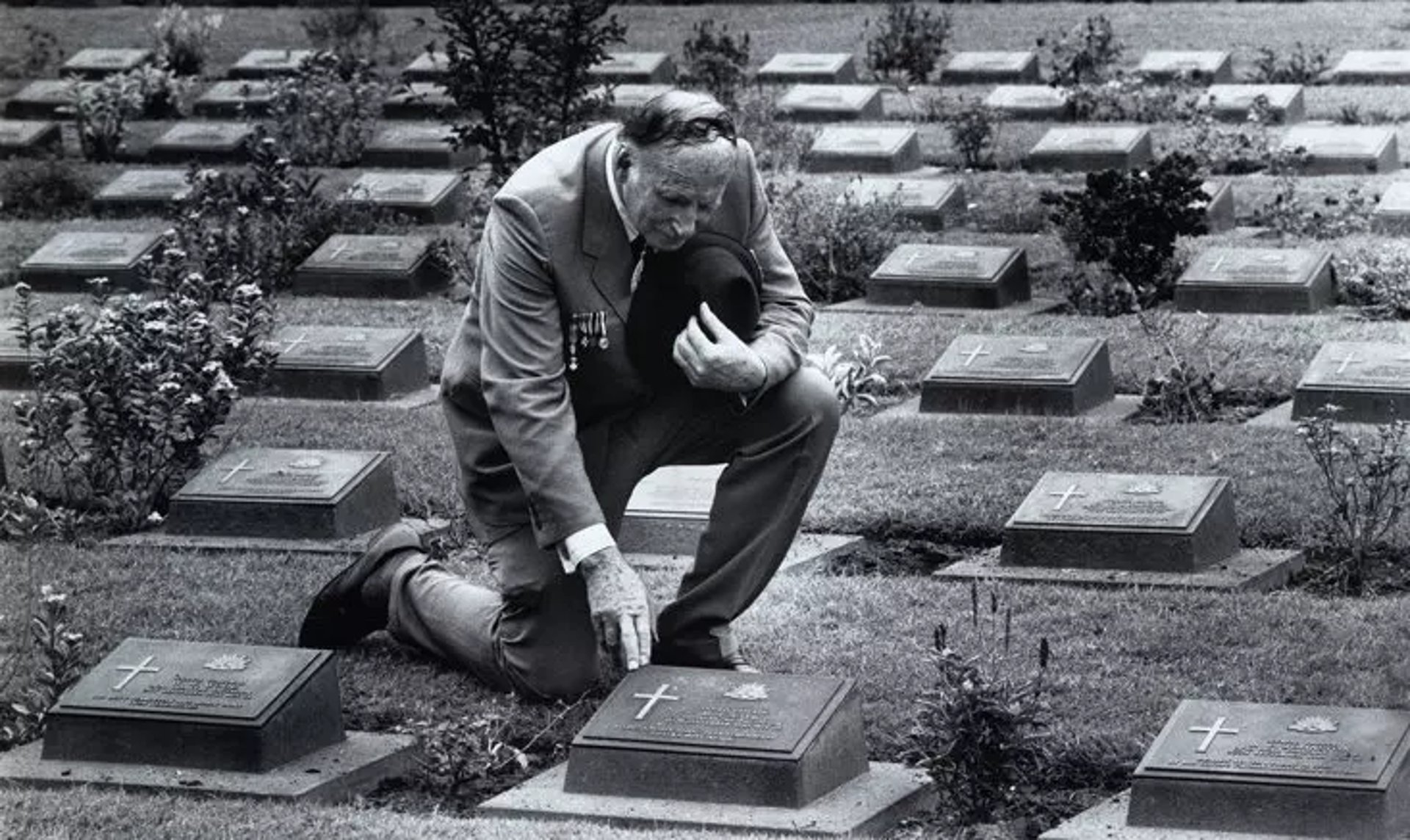
Together, We Can Make a Difference!
This is a veteran-run project, and we need your help to make it happen. Stand with us in honoring the legacy of the POWs and ensuring their stories are never forgotten.
